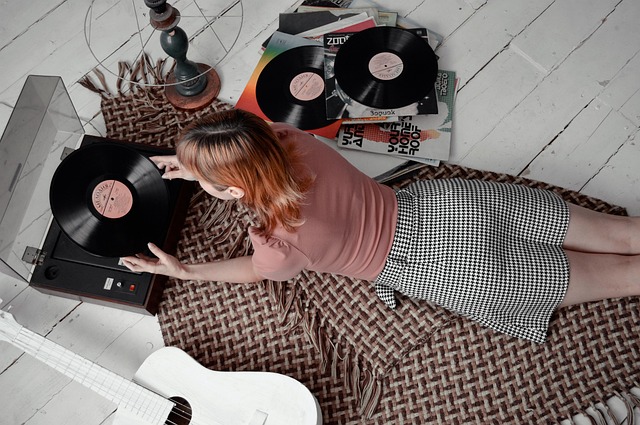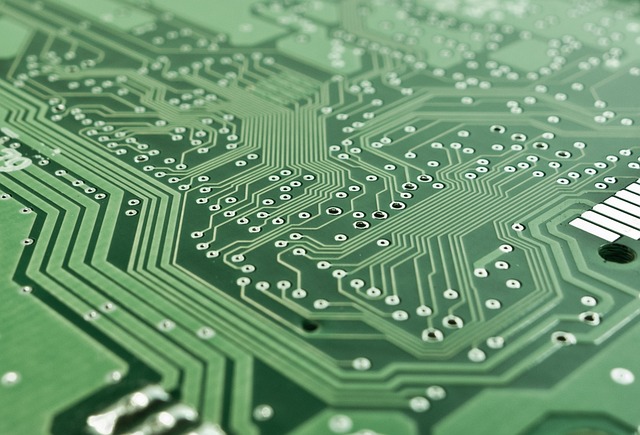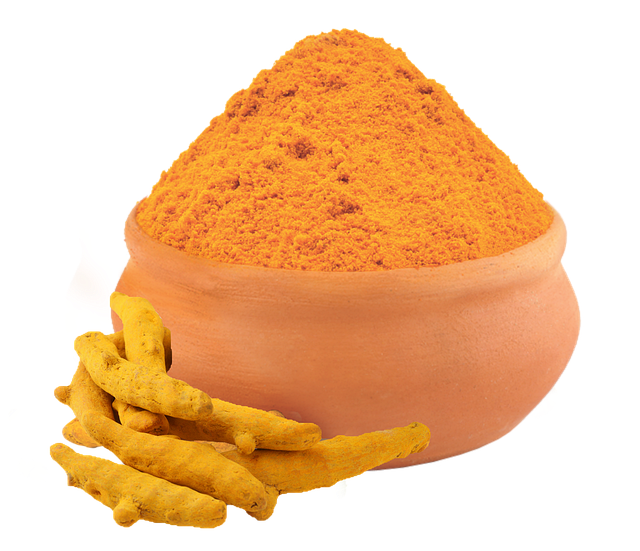
Vinyl Plank Flooring
Introduction to Vinyl Plank Flooring
Vinyl plank flooring has emerged as a popular choice among homeowners and commercial property managers alike. Its combination of aesthetic appeal, durability, and ease of maintenance makes it a compelling alternative to traditional hardwood and tile flooring. This article will explore the characteristics, benefits, installation methods, and maintenance practices associated with vinyl plank flooring.
Characteristics of Vinyl Plank Flooring
Vinyl plank flooring is designed to mimic the appearance of natural wood or stone while providing enhanced durability and water resistance. Key characteristics include:
- Composition: Vinyl planks are made from polyvinyl chloride (PVC), which is a synthetic plastic polymer. This material is engineered to withstand wear and tear, making it suitable for high-traffic areas.
- Wear Layer: The wear layer is a crucial component of vinyl plank flooring, typically measured in mils (thousandths of an inch). A thicker wear layer generally indicates better resistance to scratches and dents. For residential use, a wear layer of 12 mils or more is recommended.
- Water Resistance: One of the standout features of vinyl plank flooring is its waterproof nature, making it ideal for areas prone to moisture, such as kitchens and bathrooms.
- Variety of Styles: Vinyl planks come in a wide range of designs, colors, and textures, allowing homeowners to achieve the desired aesthetic without sacrificing performance.
Benefits of Vinyl Plank Flooring
The advantages of vinyl plank flooring extend beyond its visual appeal. Some of the most notable benefits include:
- Cost-Effectiveness: Vinyl plank flooring is often more affordable than hardwood or tile options, making it an attractive choice for budget-conscious consumers.
- Easy Installation: Many vinyl plank products feature a click-lock installation system, allowing for straightforward DIY installation without the need for professional assistance.
- Low Maintenance: Maintaining vinyl plank flooring is simple. Regular sweeping or dry mopping, along with occasional wet mopping using mild soap, is typically sufficient to keep the surface clean.
- Comfort and Warmth: Unlike tile, vinyl plank flooring remains warm underfoot, providing comfort in colder climates. Additionally, it can help reduce noise levels in a room.
Installation Process
Installing vinyl plank flooring can be accomplished by following a systematic approach. Here are the essential steps:
- Preparation: Ensure the subfloor is clean, dry, and level. Remove any existing flooring if necessary.
- Acclimation: Allow the vinyl planks to acclimate to the room temperature and humidity for at least 48 hours before installation.
- Layout: Plan the layout of the planks, considering the direction of light and the overall design. This will help achieve a visually appealing result.
- Installation: Begin laying the planks from one corner of the room, using the click-lock system to connect each piece. Ensure that the planks are snugly fitted together.
- Finishing Touches: Once all planks are installed, add baseboards or trim to cover any gaps and provide a finished look.
Maintenance Tips
To prolong the life of vinyl plank flooring, adhere to the following maintenance practices:
- Regular Cleaning: Sweep or vacuum regularly to remove dirt and debris. Avoid using abrasive cleaners that could damage the surface.
- Spot Cleaning: For sticky or stubborn stains, use a damp cloth with mild soap. Avoid excessive water, as it can seep into seams and cause damage.
- Protective Measures: Use felt pads under furniture legs to prevent scratches and dents. Additionally, consider using area rugs in high-traffic zones.
- Periodic Inspections: Regularly check for signs of wear or damage. Address any issues promptly to maintain the integrity of the flooring.
Conclusion
Vinyl plank flooring offers a versatile and practical solution for various flooring needs. Its combination of durability, aesthetic appeal, and ease of maintenance makes it an excellent choice for both residential and commercial applications. By understanding the characteristics, benefits, and proper care of vinyl plank flooring, consumers can make informed decisions that enhance their living or working environments.

















 Personal Loans Without Credit Checks
Personal Loans Without Credit Checks 
 Health
Health  Fitness
Fitness  Lifestyle
Lifestyle  Tech
Tech  Travel
Travel  Food
Food  Education
Education  Parenting
Parenting  Career & Work
Career & Work  Hobbies
Hobbies  Wellness
Wellness  Beauty
Beauty  Cars
Cars  Art
Art  Science
Science  Culture
Culture  Books
Books  Music
Music  Movies
Movies  Gaming
Gaming  Sports
Sports  Nature
Nature  Home & Garden
Home & Garden  Business & Finance
Business & Finance  Relationships
Relationships  Pets
Pets  Shopping
Shopping  Mindset & Inspiration
Mindset & Inspiration  Environment
Environment  Gadgets
Gadgets  Politics
Politics 